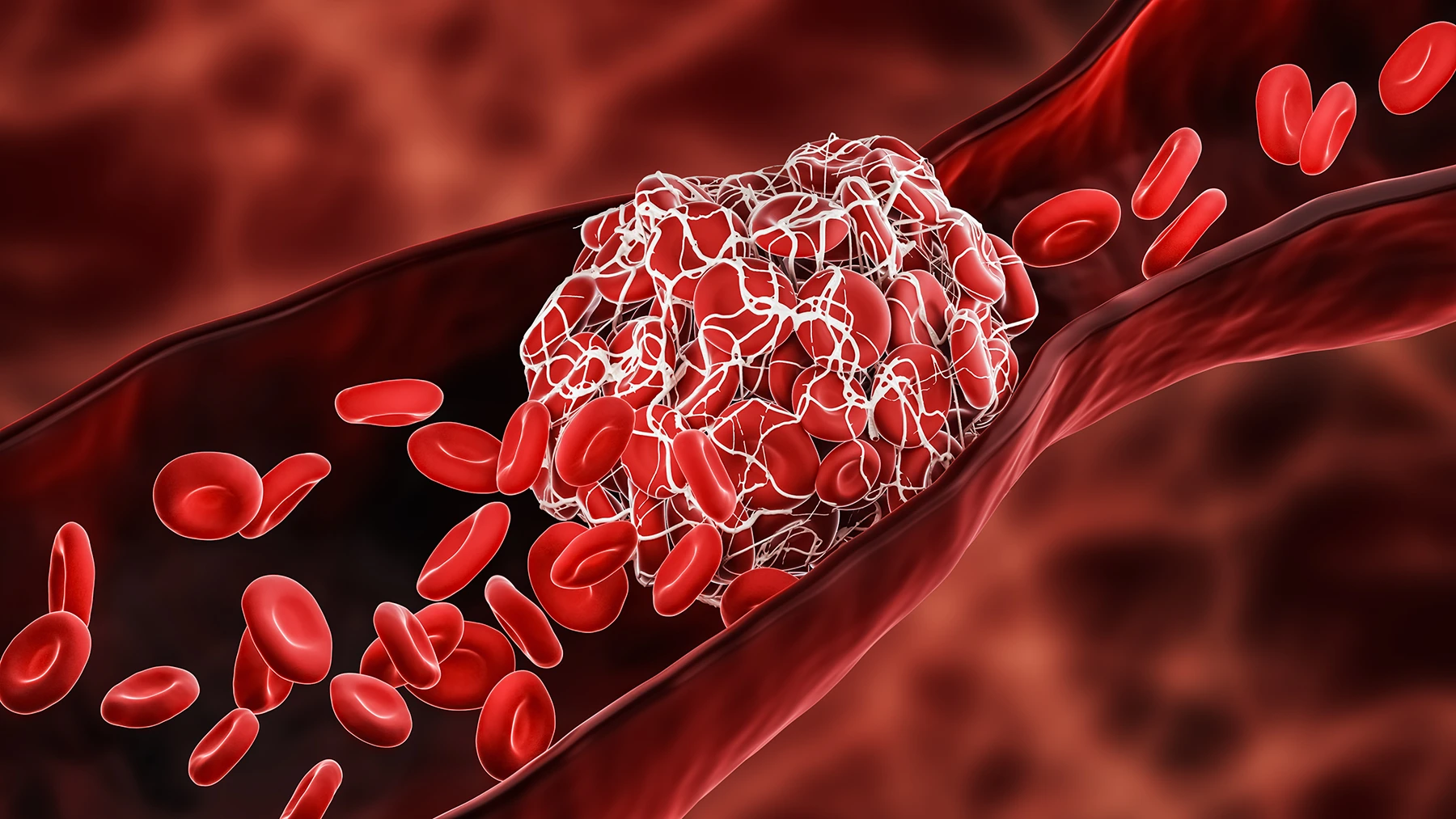How Can I Prevent a Stroke?

Each year, almost 800,000 people in the U.S. have a stroke, according to the National Institutes of Health. About 130,000 people die of strokes in this country each year, which makes it the fifth leading cause of death.
“While we’re getting better at preventing death from strokes, stroke still has tremendous consequences even for survivors,” says Jose G. Romano, M.D., a neurologist with the University of Miami Health System. “Stroke is the leading cause of permanent adult disability.”
What are the types of strokes?
The majority of strokes that occur, around 87%, are known as ischemic strokes. This happens when a clot obstructs a blood vessel, blocking the flow of blood to the brain.
Another type of stroke, hemorrhagic stroke, occurs when a blood vessel weakens and ruptures. This may be due to weakened blood vessels known as aneurysms of arteriovenous malformations.
Prevention of stroke is a primary concern of medical organizations, such as the American Heart Association and American Stroke Association.
“After a heart attack, there’s a strong chance the person can resume their normal life afterward,” says Dr. Romano. “After a stroke, however, about 70% of survivors can’t return to their usual activities. That’s why prevention is so critical with stroke.”
To that end, the American Heart Association and American Stroke Association updated their guidelines for the primary prevention of stroke in October 2024, for the first time in 10 years. This came a few years after they updated their guidelines for the prevention of stroke for those who previously had a stroke or a transient ischemic attack in 2021.
Life’s Essential 8
The most critical guidelines for preventing stroke focus on the American Heart Association’s “Life’s Essential 8” checklist. These are healthy lifestyle recommendations that lower your risk of stroke, heart attack and heart disease. They include the following:
- Eat better
- Be more active
- Quit tobacco
- Get healthy sleep
- Manage weight
- Control cholesterol
- Manage blood sugar
- Manage blood pressure
Dr. Romano says blood pressure management is often overlooked but critical for preventing strokes.
“One of the main offenders is high blood pressure, and about one-third of adults have it,” he says. “If we could treat hypertension, it would make a big difference in the stroke numbers. Unfortunately, many people aren’t even aware that they have high blood pressure until it’s too late.”
“If you care about your future physical health and cognitive health, it’s important to do your best to reduce these risks as much as possible. If you can prevent stroke, you can avoid the disability and the onset of cognitive decline that is frequently associated with it.”
— Dr. Jose G. Romano
Despite our knowledge of the subject, the most challenging step for people is eating a healthy diet, he says.
“A minority of Americans have an ideal score on ‘Life’s Essential 8,’ but diet is definitely the most challenging one for people, especially cutting down on our salt intake,” he says.
One of the additions to the newest guidelines is the inclusion of sex-specific guidelines, particularly for women, who may have slightly different stroke risks than men. In particular, Dr. Romano says that the use of estrogen, commonly found in birth control and menopausal medications, along with tobacco use, can raise the risk of venous thrombosis, a form of blood clotting that can eventually lead to stroke. Endometriosis is also related to an increased stroke risk.
Though still relatively rare, women who are pregnant also have an increased stroke risk.
This is true particularly if they have preeclampsia. This is a complication of pregnancy that leads to high blood pressure and some other symptoms, including kidney damage. The bottom line, says Dr. Romano, is that we all need to be conscious of our risks and manage them through healthy lifestyle choices and regular communication with our health care providers.
“If you care about your future physical health and cognitive health, it’s important to do your best to reduce these risks as much as possible,” says Dr. Romano. “If you can prevent stroke, you can avoid the disability and the onset of cognitive decline that is frequently associated with it.”
Written by Wyatt Myers for UHealth.
Resources
How many people are affected by/at risk for stroke?, NIH, 2025, https://www.nichd.nih.gov/health/topics/stroke/conditioninfo/risk
Stroke Facts & Statistics, Stroke Awareness Foundation, 2025, https://www.strokeinfo.org/stroke-facts-statistics/
Interview with Jose G. Romano, M.D., a neurologist with the University of Miami Health System.
Types of Stroke and Treatment, American Stroke Association, 2025, https://www.stroke.org/en/about-stroke/types-of-stroke
2024 Guideline for the Primary Prevention of Stroke: A Guideline From the American Heart Association/American Stroke Association, Stroke, 2024, https://www.ahajournals.org/doi/10.1161/STR.0000000000000475
2021 Guideline for the Prevention of Stroke in Patients With Stroke and Transient Ischemic Attack: A Guideline From the American Heart Association/American Stroke Association, Stroke, 2021, https://www.ahajournals.org/doi/10.1161/STR.0000000000000375
Life’s Essential 8, American Heart Association, 2025, https://www.heart.org/en/healthy-living/healthy-lifestyle/lifes-essential-8
Tags: cardiology, Dietary changes for stroke risk, Dr. Jose Romano, Stroke prevention tips, Women's health and stroke
